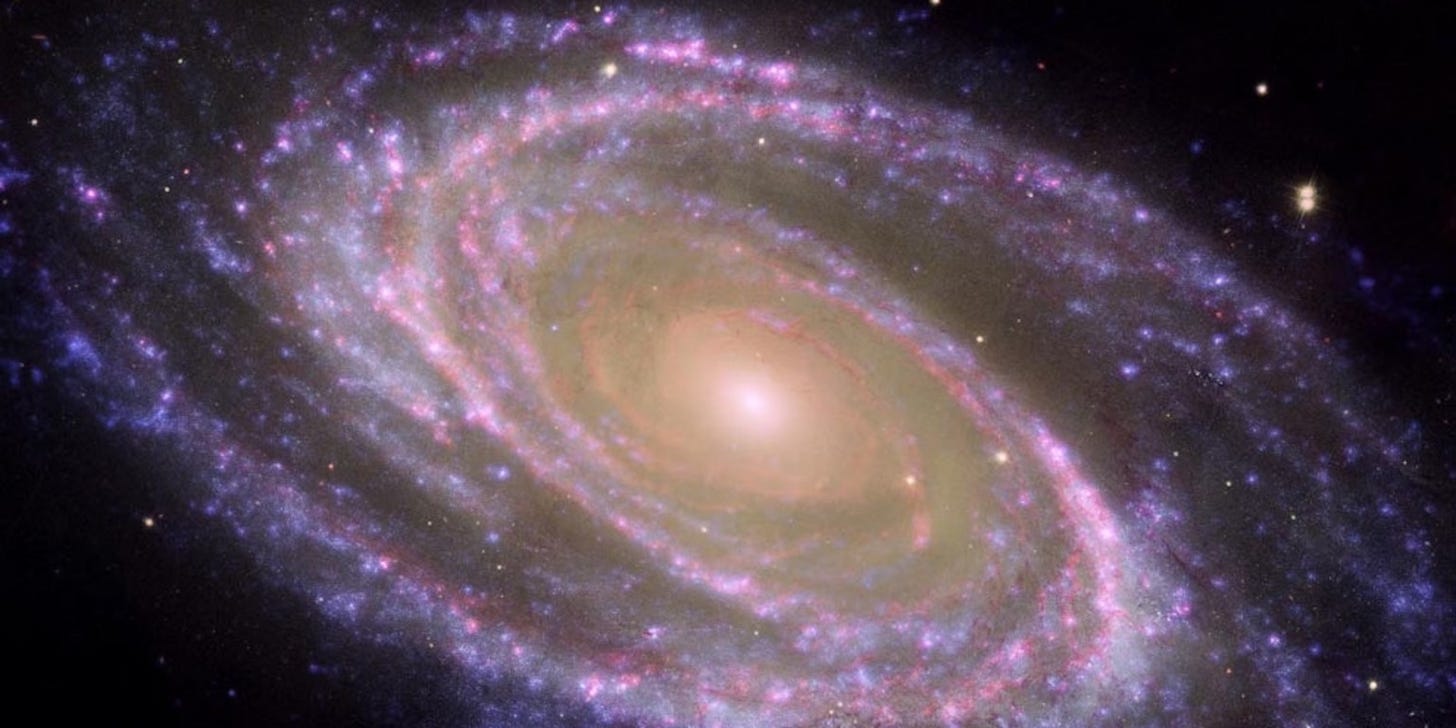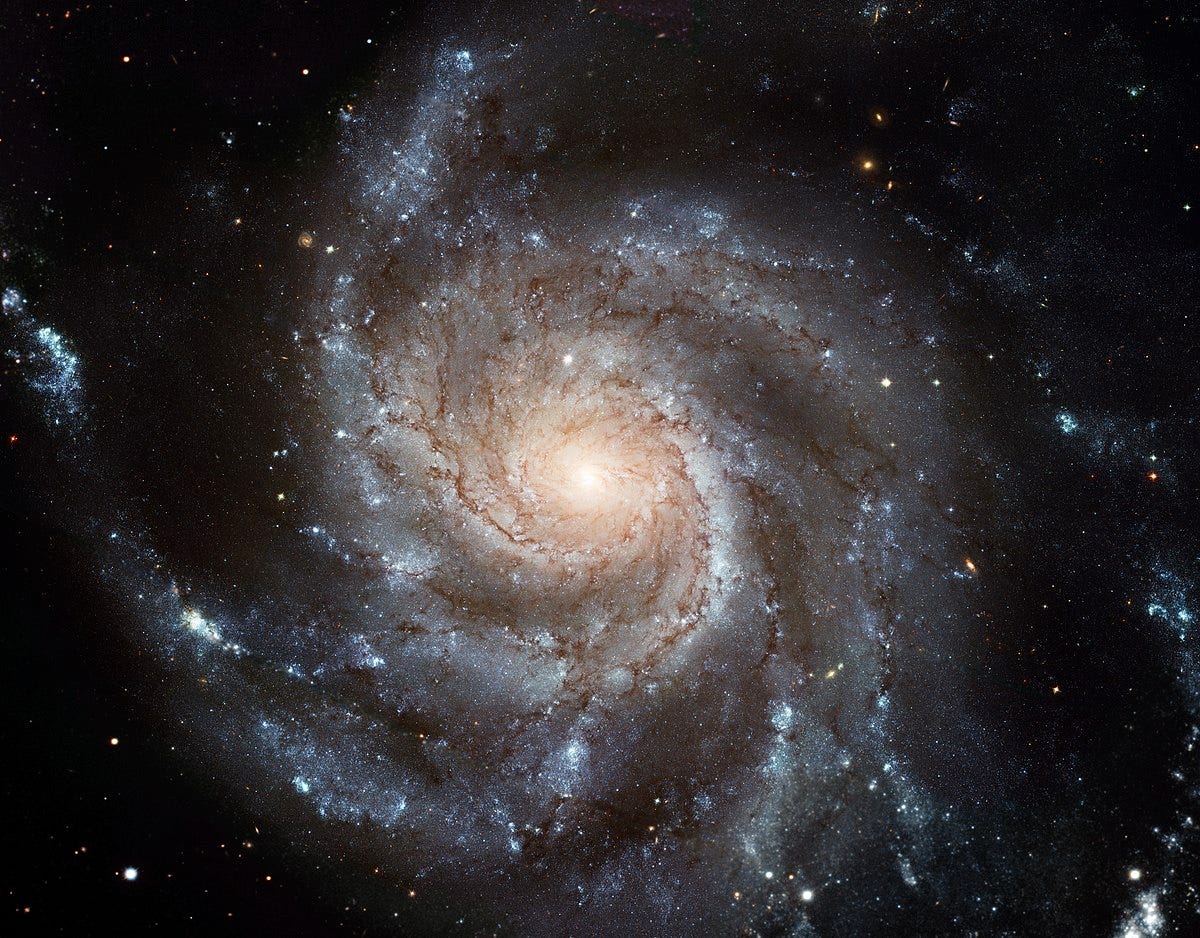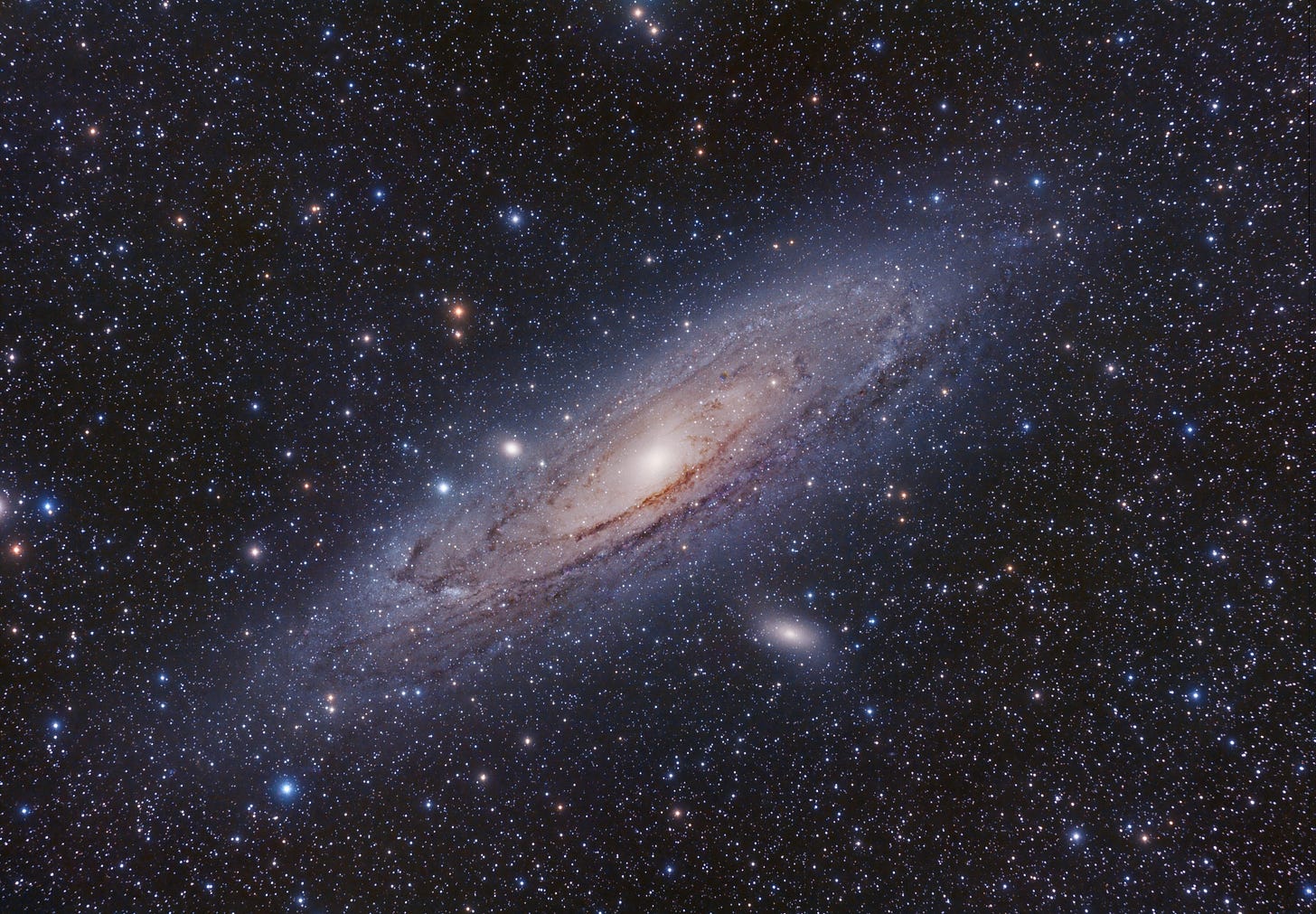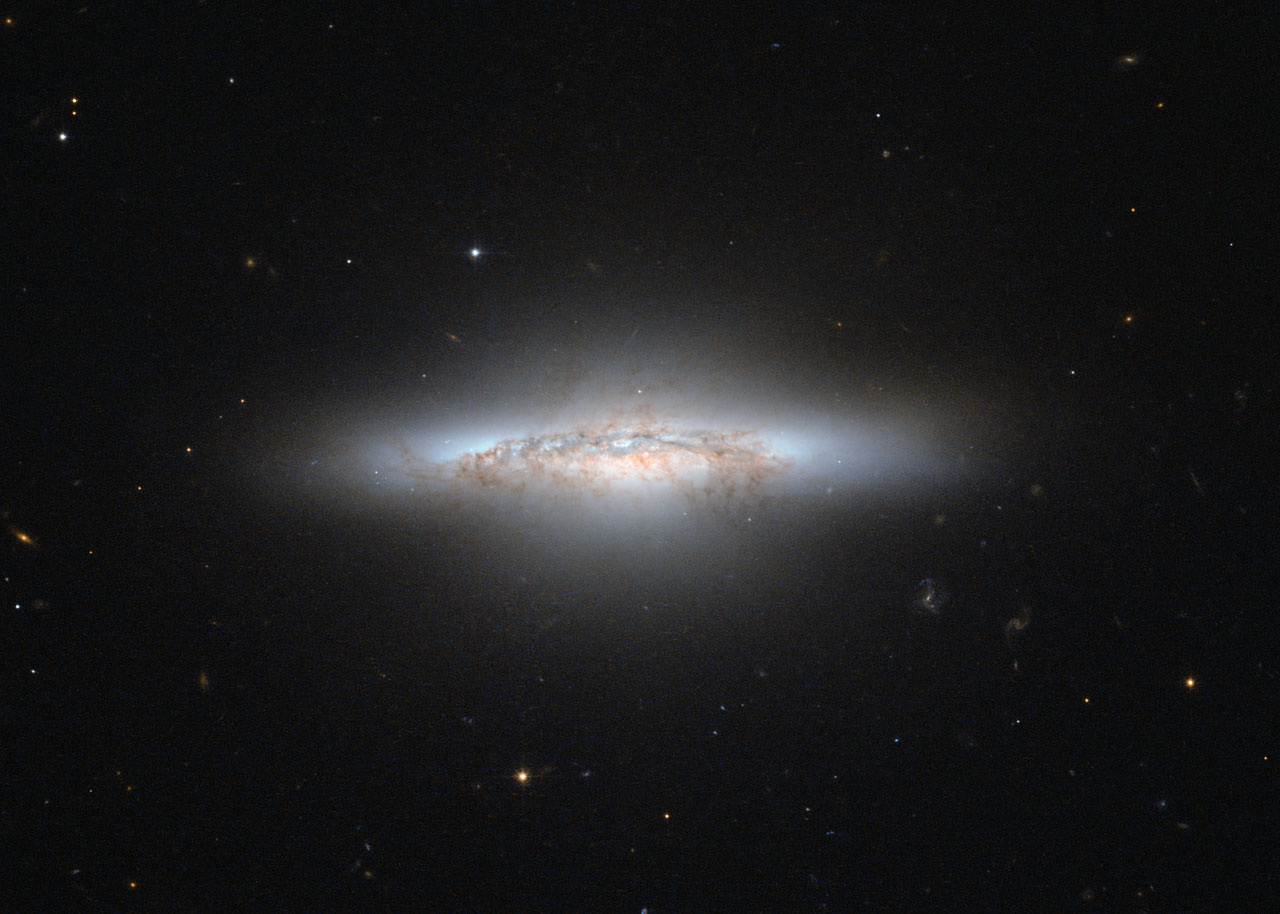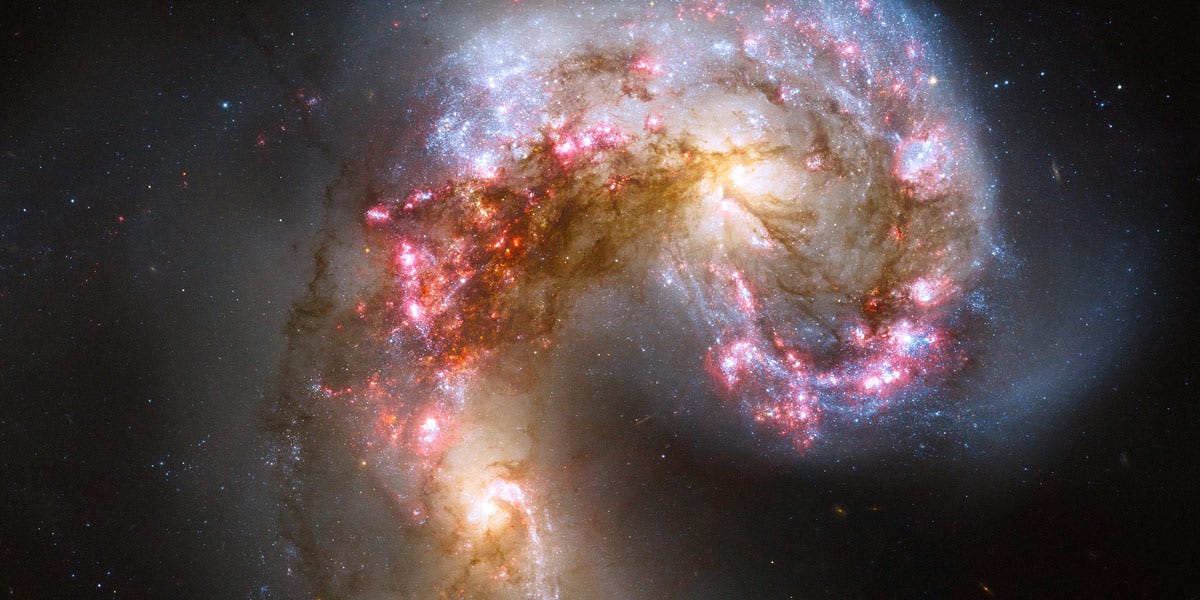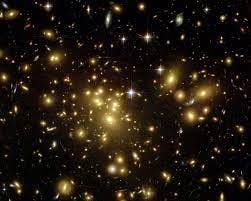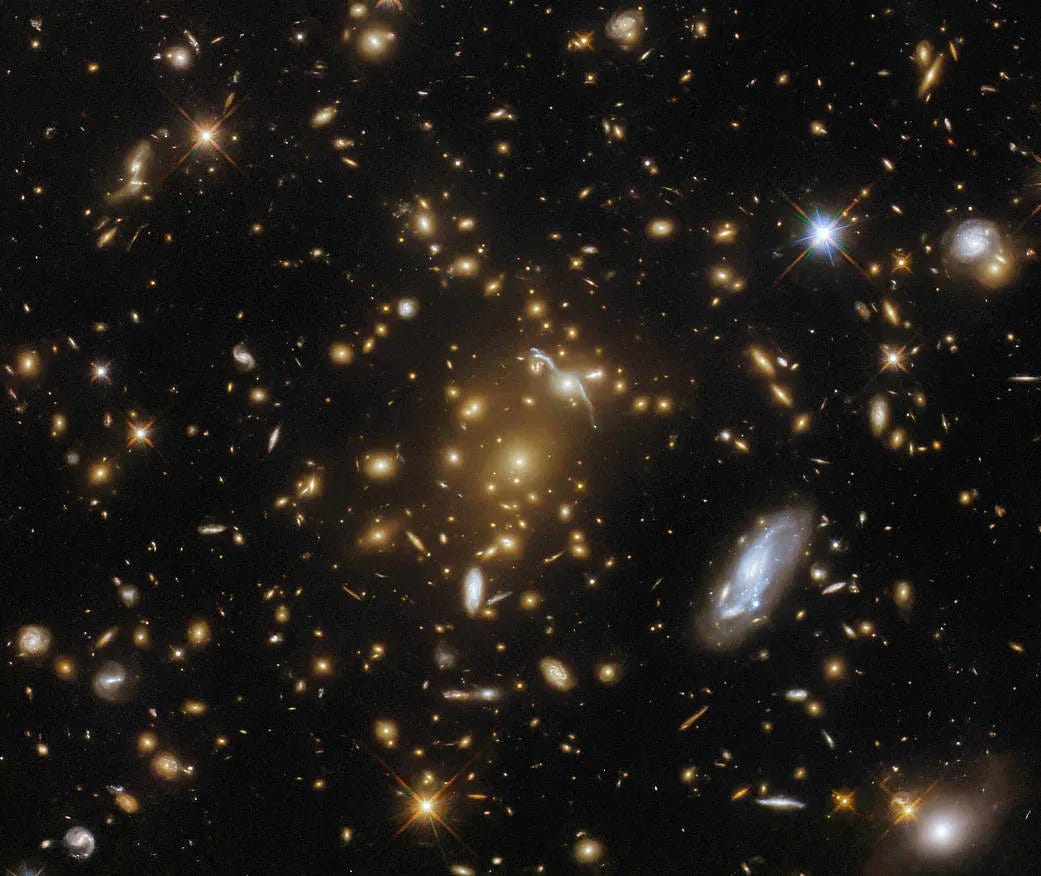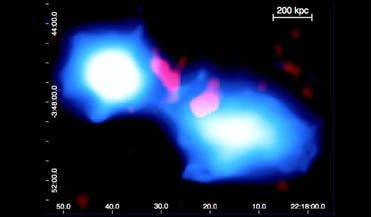Galaxies and Galaxy clusters
All you need to know about these massive cosmic structures
What are galaxies?
Galaxies are large clusters of stars, planets, dust, and other cosmic objects bound together by gravity. They are one of the largest cosmic objects in the universe and can contain billions or trillions of stars. There are estimated to be over 100 billion galaxies in the observable universe
Types of galaxies
Galaxies come in various different shapes and sizes into which they are classified. These are the main types of galaxies.
#1 Spiral Galaxies
Spiral galaxies are like galactic disks with arms that spiral around the central bulge of the galaxy. Our galaxy, the Milky Way is one such example of a spiral galaxy.
#2 Elliptical Galaxies
These galaxies are more rounded or elliptical in shape compared to spiral ones. They lack the distinctive spiral arms that a spiral galaxy has. These galaxies often are made up of old stars and generally have less gas and dust in them. They are the most common type of galaxy in the universe.
#3 Lenticular Galaxies
A lenticular galaxy is a type of galaxy that shares characteristics of both spiral and elliptical galaxies. It has a disk-like structure similar to a spiral galaxy but has no spiral arms. Like elliptical ones, these galaxies have fewer ongoing star formations and gas and dust in them.
#4 Irregular Galaxies
Irregular galaxies don’t have any particular shape. The shapes of these galaxies are irregular and chaotic. They usually have a lot of ongoing star formation inside them and contain a lot of gas and dust.
These 4 are the broadest categories of galaxies. There are many subcategories under these 4 like barred spiral galaxies and ring galaxies. The study of galaxy classification is known as galactic morphology.
Galaxy clusters
Galaxy clusters are huge cosmic structures made of a group of galaxies bound together by immense gravitational forces. They can contain anything between a dozen to thousands of galaxies. Galaxy clusters are often surrounded by very hot gas which helps hold the cluster together.
Gravitational lensing
Gravitational lensing is a phenomenon caused by galaxy clusters when their gravity is so strong that it bends light coming from other galaxies which causes a distorted effect in space. Scientists often use this to their advantage as the gravitational lensing effect creates a powerful natural telescope in space that lets them see cosmic objects extremely far away.
Intercluster Medium
The Intercluster Medium (ICM) is a very hot gas that fills the space between 2 galaxies in a cluster. The temperature of the ICM can reach up to millions of degrees celsius. For comparison, the temperature of the sun is approximately 5,000 degrees celsius and the temperature of an average lightning bolt is 30,000 degrees celsius.
In conclusion, galaxies are fascinating structures and an example of the complexity and grandeur of the universe.


